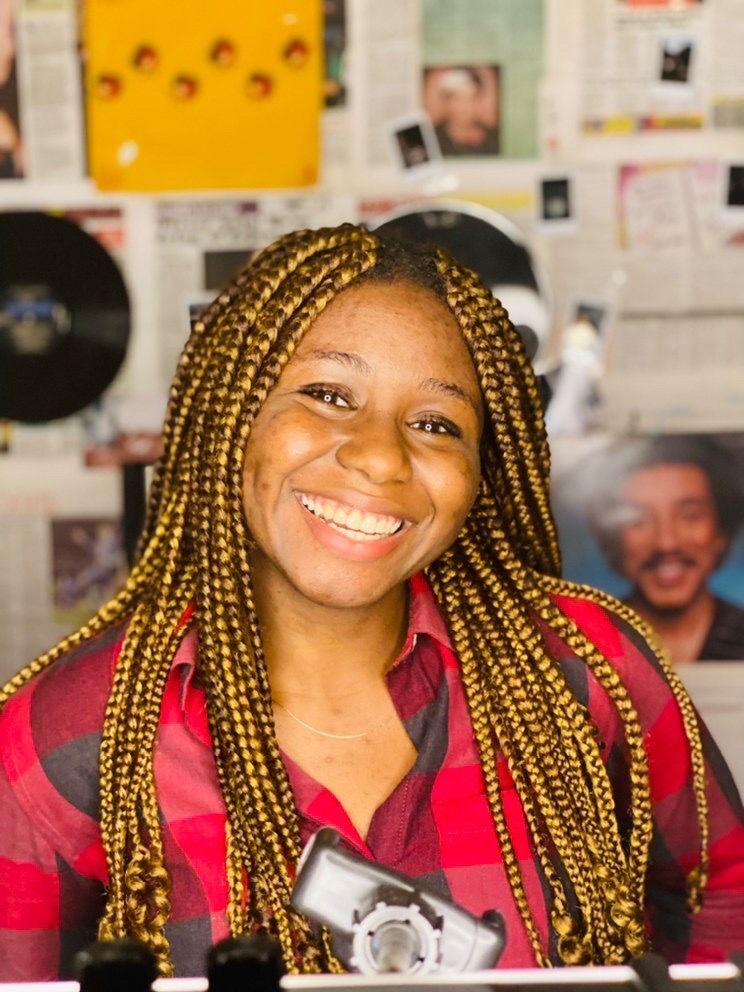Audio Presented by

Writer, project manager, & content creator at the nexus of strategy planning, & storytelling for social impact.
About Author
Writer, project manager, & content creator at the nexus of strategy planning, & storytelling for social impact.